-21%
ECG at a Glance: A Comprehensive Guide for Medical Professionals
In the realm of medical diagnostics, electrocardiograms (ECGs) stand as invaluable tools, providing healthcare providers with a window into the intricate workings of the cardiovascular system. This article delves into the fundamental principles of ECG interpretation, exploring both the underlying science and its practical application in guiding diagnosis and treatment.
As a cornerstone skill for medical students and specialist nurses, ECG interpretation serves as a gateway to understanding the electrical impulses that govern heart function. The “at a Glance” approach employed in this guide offers a comprehensive overview, featuring an array of lucid diagrams and exemplary ECGs alongside concise, easily digestible text. By presenting the information in double-page sections, this guide ensures effortless comprehension and assimilation.
Electrocardiography: A Scientific Foundation
An ECG provides a graphical representation of the electrical activity traversing the heart. It captures the rhythmic depolarization and repolarization of cardiac cells, allowing physicians to assess heart rate, rhythm, and conduction patterns. Electrode placements on the chest, limbs, and back provide multiple perspectives on the electrical field generated by the heart.
ECG Components: Decoding the Patterns
- P Wave: Represents atrial depolarization, indicating the electrical impulse spreading through the atria.
- QRS Complex: Corresponds to ventricular depolarization, reflecting the electrical activation of the ventricles.
- T Wave: Reflects ventricular repolarization, as the ventricles regain their resting state.
- U Wave: May occasionally appear after the T wave, representing delayed repolarization of the Purkinje fibers.
ECG Intervals and Segments: Measuring Timeframes
- PR Interval: Measures the time between the onset of the P wave and the start of the QRS complex, representing the electrical conduction through the atrioventricular node.
- QT Interval: Extends from the start of the QRS complex to the end of the T wave, indicating the duration of ventricular depolarization and repolarization.
ECG Interpretation: A Clinical Context
ECG interpretation transcends the mere analysis of electrical patterns; it enables clinicians to identify abnormalities and draw meaningful conclusions about cardiovascular function. By correlating ECG findings with clinical data, physicians can diagnose a wide spectrum of conditions, including:
- Arrhythmias (irregular heartbeats)
- Myocardial ischemia (impaired blood supply to the heart)
- Congestive heart failure
- Electrolyte imbalances
- Drug effects
ECG Interpretation: A Practical Guide
The “at a Glance” approach to ECG interpretation emphasizes accessibility and comprehension. Each double-page section presents a concise summary of essential concepts, supported by illustrative diagrams and real-world ECG examples. This structured approach facilitates rapid learning and provides students with the confidence to tackle ECG interpretation independently.
Conclusion
ECG interpretation remains a fundamental skill for medical professionals, providing invaluable insights into the functioning of the cardiovascular system. The “at a Glance” approach adopted in this guide offers a unique blend of scientific principles and practical applications, making ECG interpretation accessible and comprehensible to all levels of learners. By integrating numerous diagrams, example ECGs, and double-page sections, this guide empowers healthcare providers with the knowledge and confidence to utilize ECGs effectively in clinical settings.



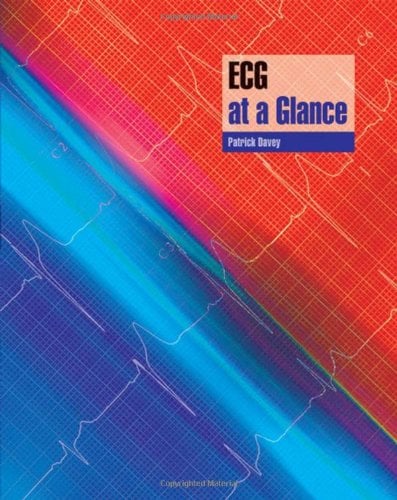
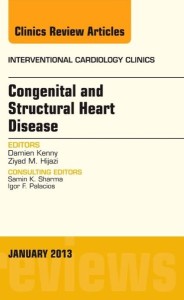
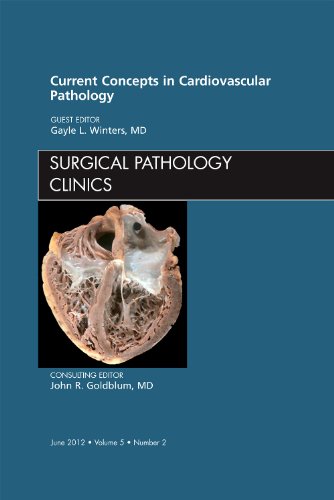
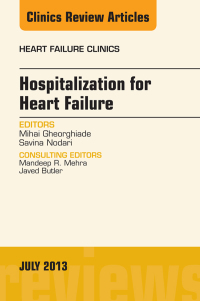
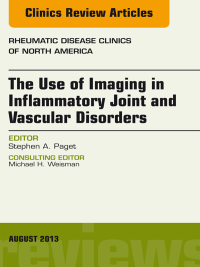
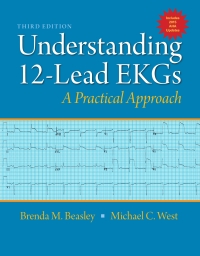
Reviews
Clear filtersThere are no reviews yet.